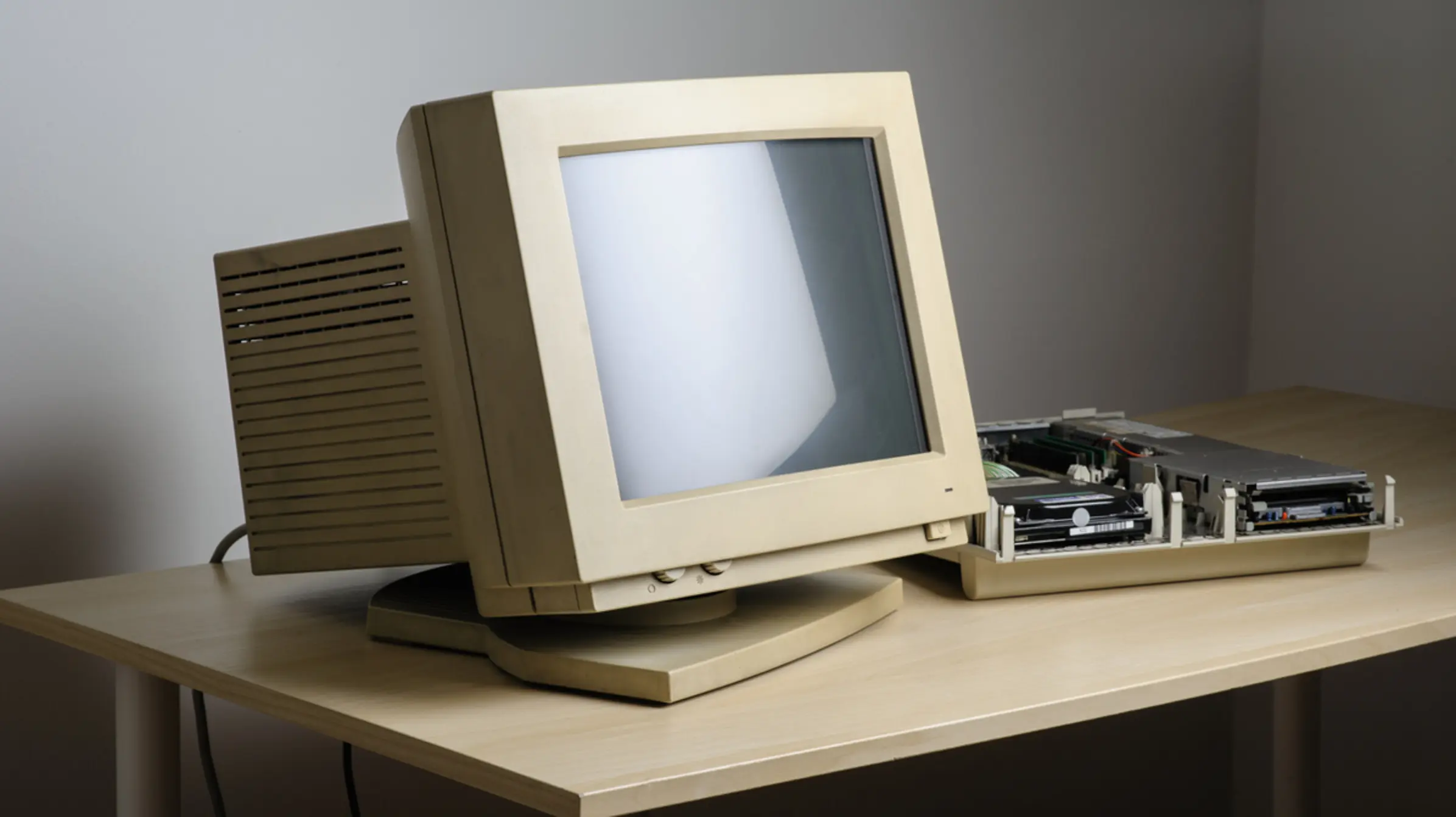As technology advances, the lifespan of computer monitors can vary greatly. With this in mind, it can be challenging to determine when it’s time to replace your monitor. In this article, we will discuss how often you should replace your computer monitor and provide step-by-step instructions to help you make the best decision for your needs.
Understanding the Lifespan of Computer Monitors
Before discussing how often to replace your computer monitor, it’s essential to understand the lifespan of a monitor. On average, a computer monitor can last between five to eight years. However, the lifespan of your monitor depends on various factors such as usage, brand, and model.
Factors That Affect the Lifespan of Your Monitor
- Usage: How often you use your monitor plays a crucial role in determining its lifespan. The more you use it, the shorter the lifespan.
- Brand: The brand of your monitor can impact its lifespan. Some brands are known for making high-quality monitors that last longer than others.
- Model: The model of your monitor can also affect its lifespan. Some models are built to last longer than others, and some may have better features that can extend their lifespan.
- Maintenance: Regular maintenance and care can help prolong the lifespan of your monitor. This includes keeping your monitor clean and dust-free and avoiding exposure to direct sunlight or extreme temperatures.
When to Replace Your Computer Monitor
Now that you understand the factors that affect the lifespan of your monitor, you may be wondering when it’s time to replace it. Here are some signs that indicate it’s time to replace your computer monitor:
- Flickering Screen: If your monitor has a flickering screen, it could be a sign of a failing backlight, which can impact the overall display quality.
- Dead Pixels: Dead pixels are tiny black spots that appear on the screen and can be distracting. If you have more than a few dead pixels, it may be time to replace your monitor.
- Outdated Technology: If your monitor is outdated and no longer meets your needs, it may be time to upgrade to a newer model with better features.
- Physical Damage: If your monitor has physical damage such as cracks or dents, it’s time to replace it.
- Color Quality: If the colors on your monitor are no longer accurate or vibrant, it may be time to replace your monitor.
Step-by-Step Guide to Replacing Your Computer Monitor
Now that you know when it’s time to replace your monitor let’s dive into the step-by-step guide to help you replace your monitor easily.
Determine the Size and Type of Monitor You Need
Before replacing your monitor, you need to determine the size and type of monitor you need. Factors to consider include resolution, refresh rate, panel type, and size. Consider your needs, preferences, and budget before making a decision.
Research Monitors
Once you know what type of monitor you need, you can start researching monitors. Look for monitors that meet your criteria and compare prices, reviews, and features. Don’t forget to consider the warranty and customer support.
Purchase Your New Monitor
Once you’ve researched and compared different monitors, it’s time to purchase your new monitor. Make sure to buy from a reputable seller and check their return policy.
Set Up Your New Monitor
Once you’ve received your new monitor, it’s time to set it up. Follow the manufacturer’s instructions for assembly and installation. Make sure to test your monitor thoroughly to ensure it’s working correctly.
Frequently Asked Questions
Can I extend the lifespan of my monitor?
Yes, you can extend the lifespan of your monitor by performing regular maintenance and care, such as cleaning the screen regularly, avoiding exposure to direct sunlight or extreme temperatures, and turning off the monitor when not in use.
How do I know what type of monitor to buy?
When choosing a monitor, consider your needs, preferences, and budget. Look for monitors that meet your criteria and compare prices, reviews, and features. Consider factors such as resolution, refresh rate, panel type, and size.
How often should I replace my monitor?
On average, a computer monitor can last between five to eight years. However, the lifespan of your monitor depends on various factors such as usage, brand, and model. It’s time to replace your monitor when it has physical damage, outdated technology, flickering screen, dead pixels, or poor color quality.
Conclusion
knowing when to replace your computer monitor can be challenging. However, understanding the lifespan of your monitor and the factors that affect it can help you make an informed decision. Remember to perform regular maintenance and care to extend the lifespan of your monitor. When it’s time to replace your monitor, consider your needs, preferences, and budget and research monitors before making a purchase. By following the step-by-step guide in this article, you can replace your monitor easily and efficiently.
